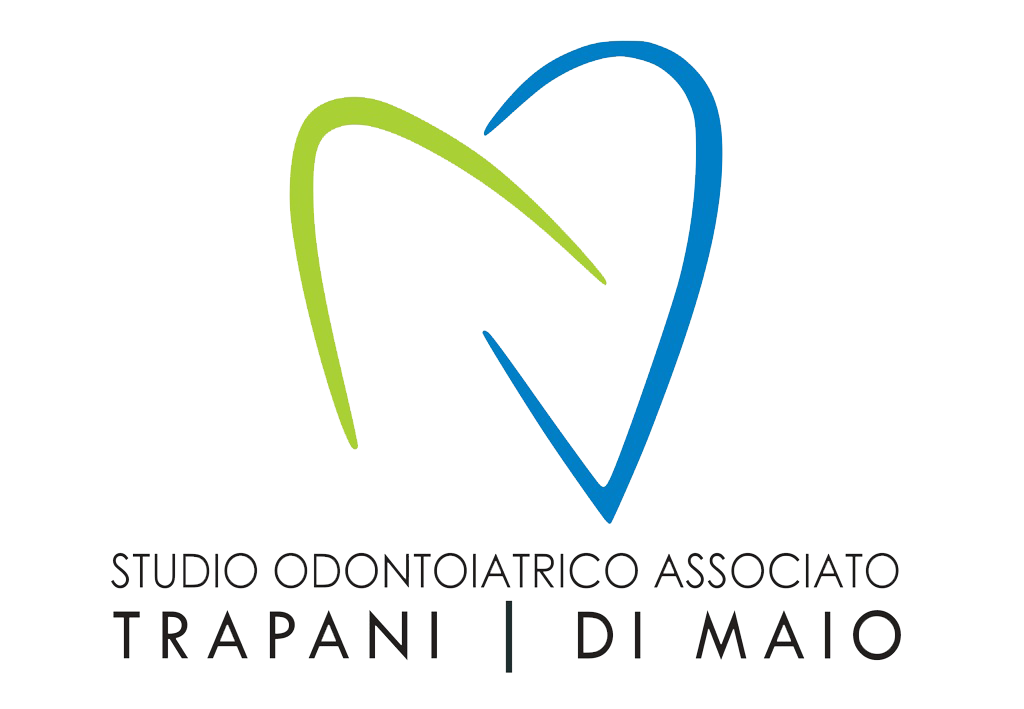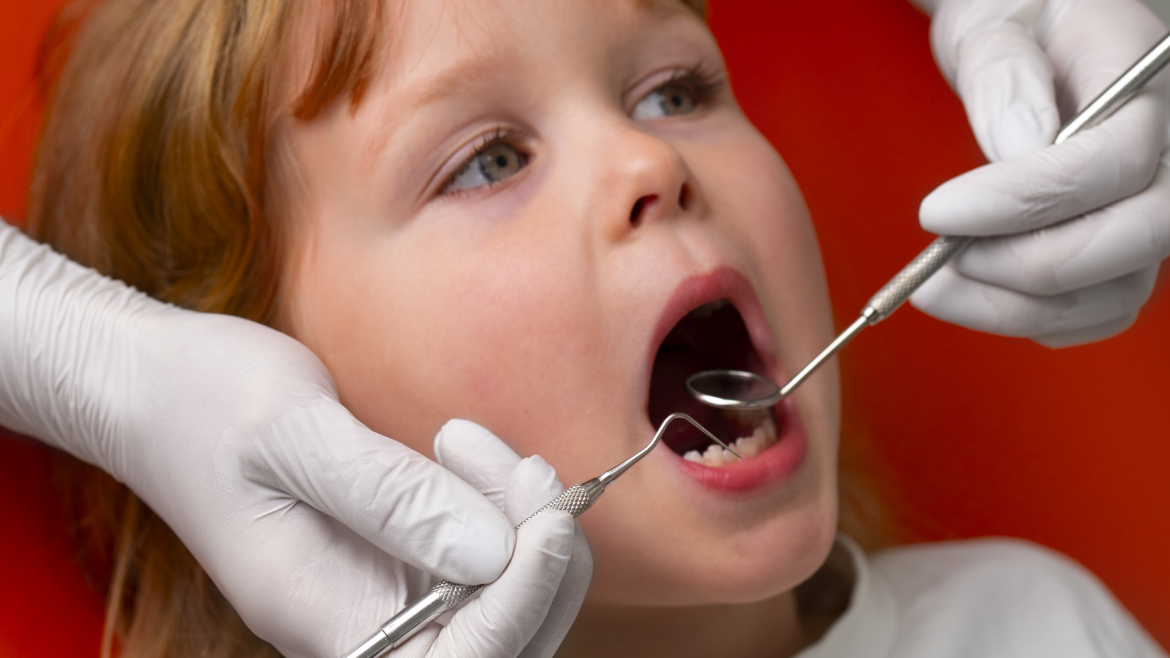Dott. Giuseppe Di Maio
Dental Crowding: Causes, Consequences, and Treatments
Those who suffer from dental crowding experience a significant discrepancy between the size of the teeth and the space available for proper alignment within the mouth. Often, teeth overlap one another, erupt only partially, or in some cases remain completely inside the bone. This condition, more commonly known as crooked or overlapping teeth, is widespread among the population.
Causes of Dental Crowding
The origin of this issue can be traced to several factors that significantly influence and reduce the space available for teeth:
The volume and pressure of the tongue
The pressure exerted by the cheeks
The intrinsic characteristics of the jaw
Poor chewing habits acquired especially during childhood
In particular, habits such as thumb sucking, prolonged use of pacifiers, biting the upper lip, and constant mouth breathing instead of nasal breathing, may seem harmless but can significantly affect the growth and position of the teeth. These behaviors create an imbalance among the muscles of the tongue, lips, and cheeks.
Genetics and heredity can also play a major role in the development of this condition.
Consequences and Remedies of Dental Crowding
If left untreated, dental crowding can lead to concerning consequences such as malocclusion—misalignment between the upper and lower arches—and bruxism, the unconscious grinding of teeth, especially during sleep.
Since there is not just one type of dental crowding but different degrees that vary from patient to patient, the dentist will decide the most appropriate treatment for each individual case. In adults, the problem often requires delicate interventions, which is why it is preferable to act early.
In children, however, dental crowding can often be corrected—or even prevented entirely—through orthodontic treatment.
The orthodontist studies the clinical case using plaster models, photographs, and radiographs, on which cephalometric analysis is performed. This involves measuring the skeletal bases in millimeters to determine the possible movements and repositioning of the teeth.
Following this diagnostic phase, the treatment plan may include the programmed use of orthodontic appliances and, in some cases, the strategic extraction of certain teeth. This creates the necessary space to properly align the teeth and correct malocclusions.

